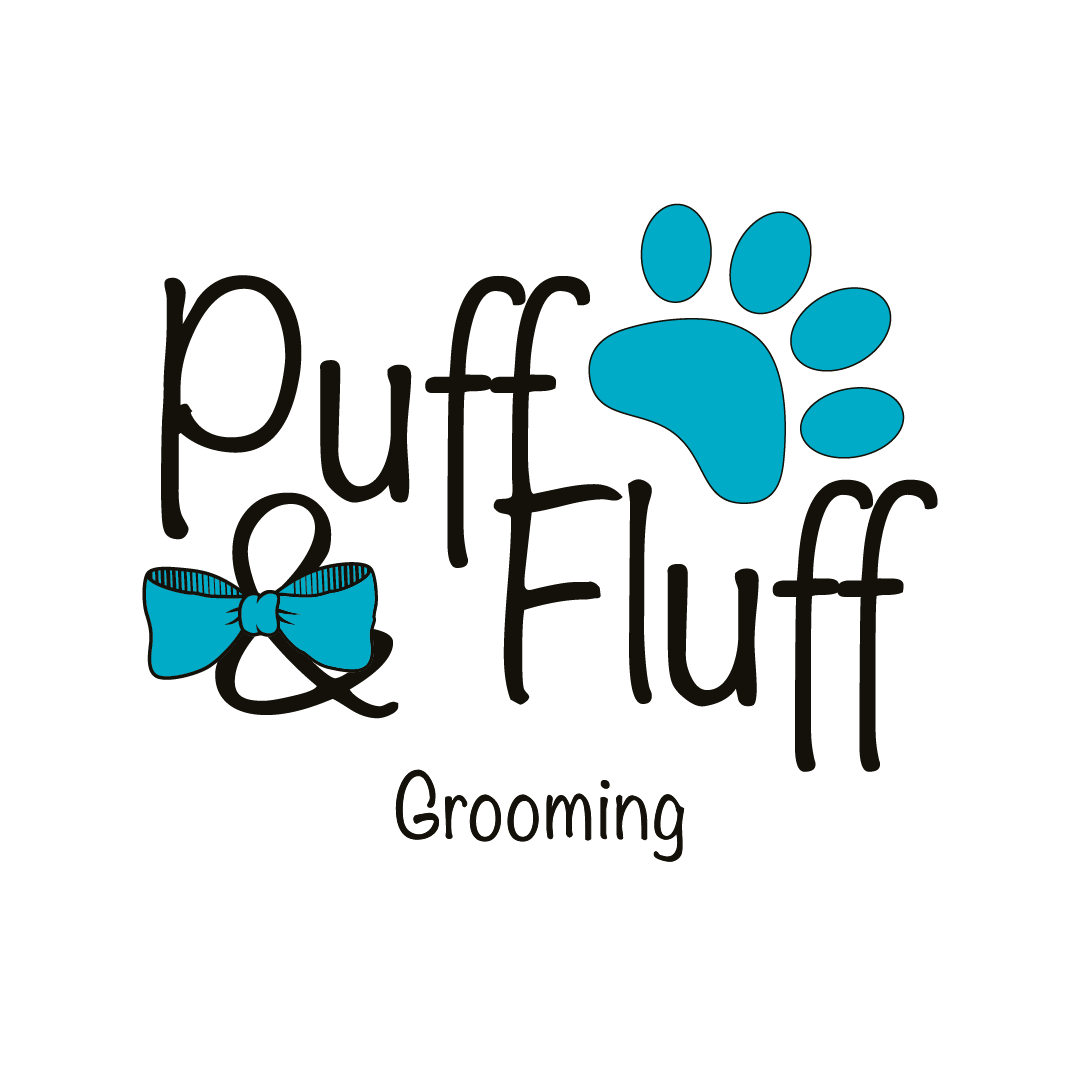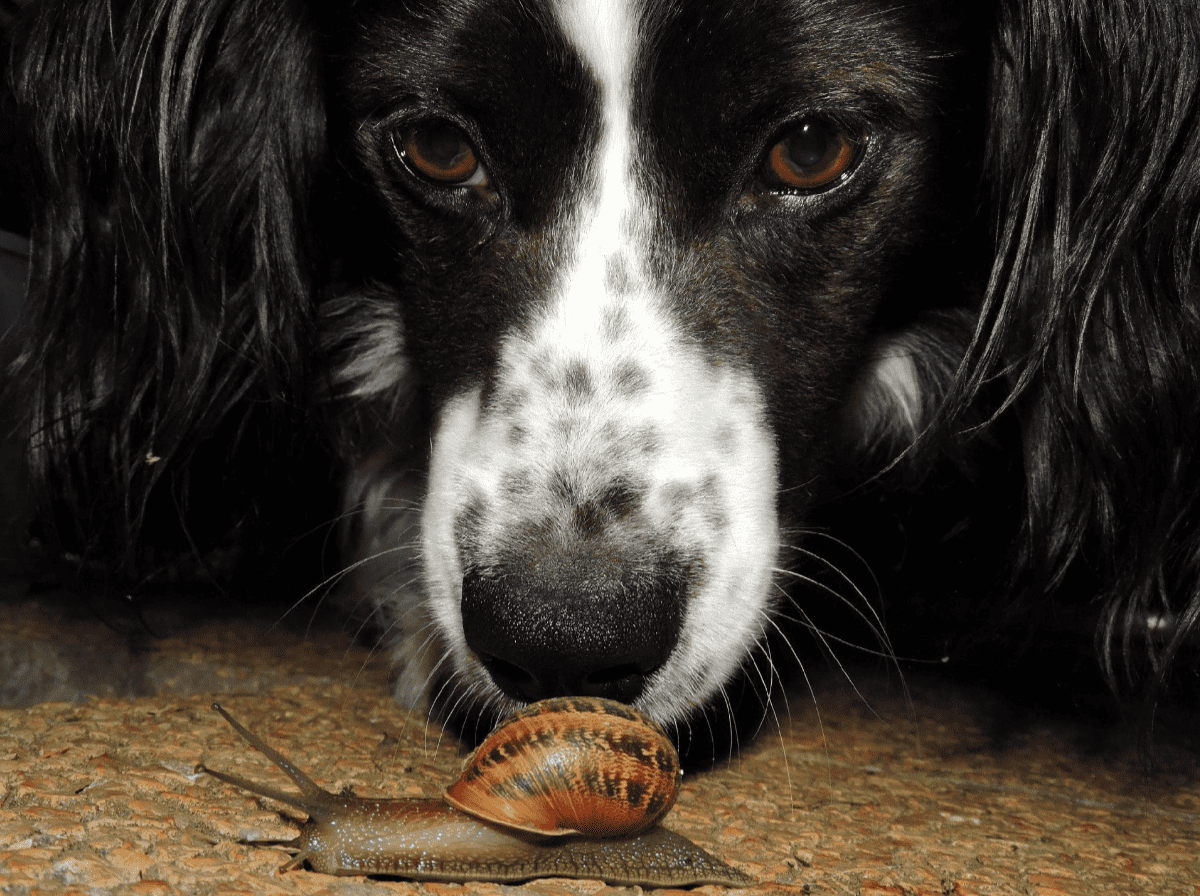My Dog Ate a Bug! Is it Safe?
For most pet owners, a significant portion of their pay goes towards caring for their beloved pets. Treats, kibble, beds, and various toys that keep them entertained can be seen scattered all over the house. But despite all the treats and toys they have around them, especially playful pets like dogs can still chew on things or creatures that shouldn’t be chewed and eaten.
Now and then, your dog may chomp on grasshoppers and other insects that wiggle, hop, or scurry around. These movements can be especially enticing and stimulating for dogs, activating their natural hunting instincts. Making them stop eating these little critters can be challenging.
Why does my dog chase and eat bugs?
Dogs are curious and easily amused. They see little crawlers on the ground and low-flying insects, and they get excited, grab their attention, and follow them. It’s their instinct, the fun of hunting and chasing and the reward of catching prey. Also, they probably enjoy the exotic taste and texture.
What if my dog eats an insect?
A dog eating a bug or two wouldn’t be a big problem. Some insects, such as crickets, might even add a small amount of protein to their diet. But, some bugs are toxic to dogs and can lead to various health issues.
Some not only to your dogs but also to you. Ever noticed your paw pal sniffing on the edges of your bed or your old furniture and couch? Check those areas because they might be a sign of bed bugs.
Dog breeds such as Beagles, Belgian Shepherds, German Shepherds and Labrador Retrievers have a powerful sense of smell and can detect pests and even more when trained further. If your dog keeps going to these areas, and you get itchy bites, hire a licensed bed bug exterminator who can effectively exterminate these nasty creepy crawlers.
What are some insects that can hurt your dogs?
- Monarch Caterpillars. These caterpillars often feed on milkweed, a plant with toxins like galitoxin and cardiac glycosides. If ingested in large amounts, these toxins can be harmful to dogs. Symptoms of toxin ingestion may include loss of appetite, lethargy, drooling, and diarrhea.
- Asian Lady Beetles. When these beetles are threatened, they release body fluids called hemolymph–a corrosive fluid that can cause chemical burns to the mouth and the gastrointestinal tract. Though cases of dogs eating Asian Lady Beetles are rare, the dogs that swallow these beetles experience minimal erosion to the mouth.
However, an infection could develop without proper treatment and potentially become serious for your dog.
- Also known as lightning bugs, fireflies are mostly toxic to pet lizards like the bearded dragon, but they can also harm dogs that are too adventurous and try to snap them up. Due to the toxin lucibufagins, ingesting too many fireflies can affect the heart and stomach and cause reactions like vomiting, diarrhea, and even death in extreme cases.
- Venomous spiders. Most spiders are actually harmless to dogs when eaten, but the Black Widow and the Brown Recluse Spider are particularly nasty arachnids to watch out for due to their potent venom.
Bites from these spiders would produce symptoms like early marked paralysis, loss of coordination and ability to stand, muscle tremors, cramping, restlessness, and difficulty breathing. If your dog ends up eating one of these spiders, make sure to keep an eye out for the same symptoms.
How do I get my dog to stop eating bugs?
Other insects could pose a problem to your dog’s health; sometimes, it may be unavoidable for them to encounter and ingest these insects. Dogs don’t always know how to make the right decisions.
A wise move is to train your dog to be more disciplined when encountering these insects. Teaching them the simple “Leave It” command would greatly help. Work with a licensed trainer so you can effectively make him follow the command, especially when it matters most, like avoiding dangerous bugs.
You must also reward your dog for following your word and for paying attention to you. Whenever you’re outside, your dog’s world is filled with many things to explore, smell, and potentially eat. So, as you pay attention to their exploration of the grounds and you feel like they’re about to chew a critter, call them and reward them with treats.
Of course, try to walk in areas with lesser temptations, like well-designed and cleaner parks. This decreases the presence of small insects and gives them more time to run around and exercise.
But if you live near or in the woods, then you can’t avoid the vastness of creatures in the outdoors. In this case, train your dog to trade or drop something in exchange for a nice treat. So, when they put something in their mouth, instruct them to drop it, and then you trade it with real treats like chicken chunks. This way, they would understand that your treats are more valuable than whatever they find.
In Summary
Dogs are easily distracted by small things that move, activating their fondness for the hunt. It’s okay if your dog eats a bug that’s not on the “blacklist.” Otherwise, observe how your dog’s body reacts. If you’re unsure what it just munched on and what you must do, go to your vet for medical attention. Training your dog for outdoor experiences is also essential so it doesn’t put in its mouth whatever piques its interest.
About the Author
Luqman Butter has been a pest control technician for over 20 years. He is passionate about solving people’s pest and wildlife control problems through innovative, eco-friendly and humane methods. Luqman currently works for Pestend Pest Control. He believes that pest control is a science and feels that his function in his community is very important since he helps people live in peace without causing unnecessary harm to animals.

